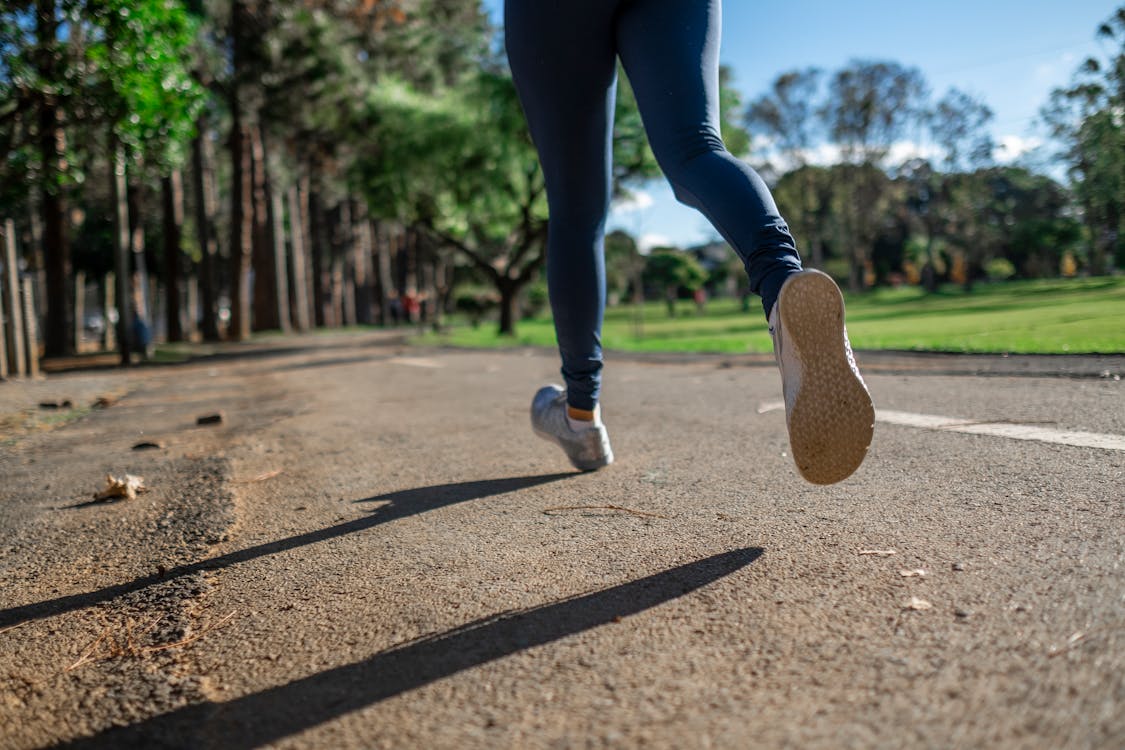Starting a weight loss journey is often exciting, filled with optimism and the desire to transform your body. But maintaining motivation day after day can be challenging, especially when the scale doesn’t move as quickly as you’d like or life gets in the way. The key to long-term success isn’t just about the initial burst of enthusiasm—it’s about staying committed, even when the going gets tough.
Here’s how you can stay motivated and make your weight loss journey a rewarding one.
1. Set Realistic, Achievable Goals
The key to staying motivated is setting goals that are challenging yet achievable. Instead of aiming for an unrealistic target like losing 10 pounds in a week, break your goals into smaller, manageable steps.
- Start with simple goals: Aim for 1–2 pounds a week or 30 minutes of exercise a day.
- Track your progress: Keep a journal or use an app to track your food intake, workouts, and mood. Seeing small successes can boost motivation.
2. Focus on Non-Scale Victories
The scale is just one measure of progress, but it doesn’t tell the full story. Weight loss is about more than the number you see in the morning. Celebrate non-scale victories, like:
- Improved energy levels: Feeling more energized throughout the day is a huge win.
- Better sleep quality: If you’re sleeping more soundly, that’s a sign your body is responding well to your changes.
- Increased strength: Lifting heavier weights or being able to walk longer distances shows your fitness is improving.
Focusing on these non-scale wins can keep you motivated when the scale feels stagnant.
3. Find an Accountability Partner or Support Group
Having someone to share your successes and struggles with can make a big difference. Whether it’s a friend, family member, or a community group online, an accountability partner can offer support when motivation wanes. They can help you stay focused, celebrate your victories, and remind you of why you started.
- Share your goals: Let someone know what you’re working toward and ask them to check in on you.
- Join a fitness community: Online forums, social media groups, or fitness apps offer great ways to connect with others who are on the same journey.
4. Mix Up Your Routine
Doing the same thing day in and day out can lead to boredom, and boredom is a motivation killer. Change things up to keep your workouts exciting and challenging:
- Try new workouts: Swap your usual cardio for cycling or take a dance class instead of a treadmill run.
- Explore new recipes: Cooking healthy meals can be fun! Find new recipes to keep your meals interesting and satisfying.
Mixing things up prevents plateaus and keeps you engaged in the process.
5. Be Kind to Yourself
The road to weight loss can be bumpy, and there will be days when you don’t feel like working out or when you indulge in a treat you didn’t plan for. It’s important to be kind to yourself and not let one “bad” day derail your entire journey.
- Learn from setbacks: If you slip up, don’t dwell on it. Acknowledge it, learn from it, and move forward. One meal or one missed workout doesn’t determine your overall progress.
- Practice self-compassion: Treat yourself with the same kindness you would a friend. It’s not about perfection—it’s about persistence.
6. Visualize Your Success
Take a moment each day to visualize the person you’re working to become. Imagine how you’ll feel when you achieve your goals—more confident, more energized, and proud of the work you’ve put in.
Creating a vision board or writing down how you want to feel at the end of your journey can help keep you focused. When the motivation fades, your vision can pull you back in.
7. Make It a Lifestyle, Not a Quick Fix
Sustainable weight loss is about making changes that last a lifetime, not just about hitting a goal and then going back to old habits. Embrace the process, and see it as an opportunity to create a healthier, happier lifestyle. This will make it easier to stick with your goals even when things get tough.
When you view weight loss as part of a bigger picture—living a long, healthy life—it becomes less about temporary results and more about lasting habits.







